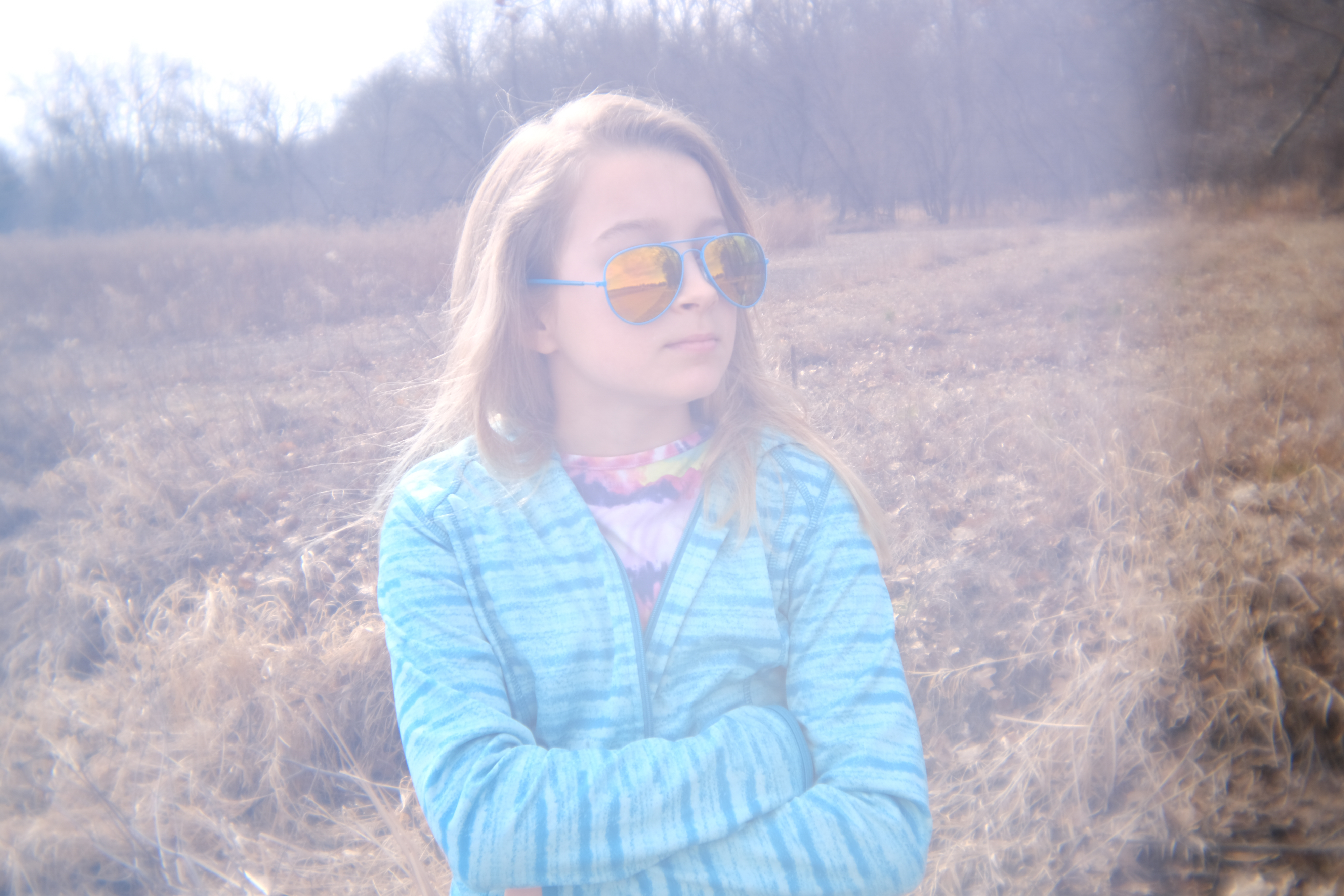How to photograph bands in low light, by top pro Christie Goodwin
Top tips and expert insights from someone who has captured global music stars including Paul McCartney, Ed Sheeran and Taylor Swift – and many more
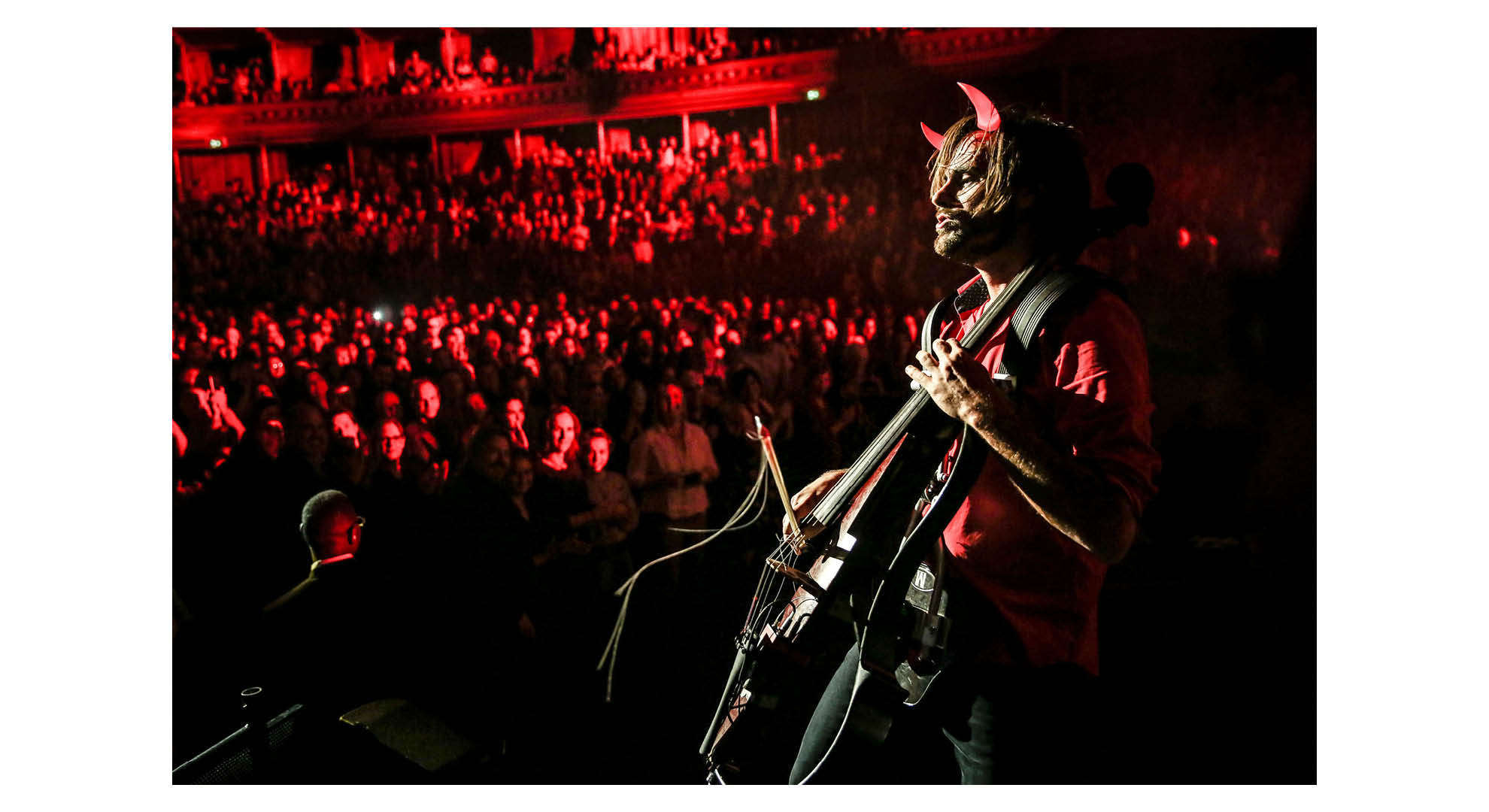
Live music photographer Christie Goodwin has shot some of the world's biggest international music acts, including Paul McCartney, Celine Dion, Ed Sheeran, Taylor Swift, Nick Cave, Katy Perry and many, many more.
Traditionally one of the hardest types of photography to break into, shooting live music is a test of stamina as well as being technically challenging.
Modern digital cameras are better in low-light conditions than their predecessors, but what else do the top pros draw on to give them an edge in a competitive marketplace?
We sat down with Christie as the summer music festival season gets under way, to find out how she captures the essence of the ever-changing scenes playing out in front of her, working in low light levels in a limited space with other photographers all out to bag the best shots they can.
Also in this series, Christie shares her top tips for getting started in live music photography, the equipment to shoot it with, and her essential advice for editing live music images…
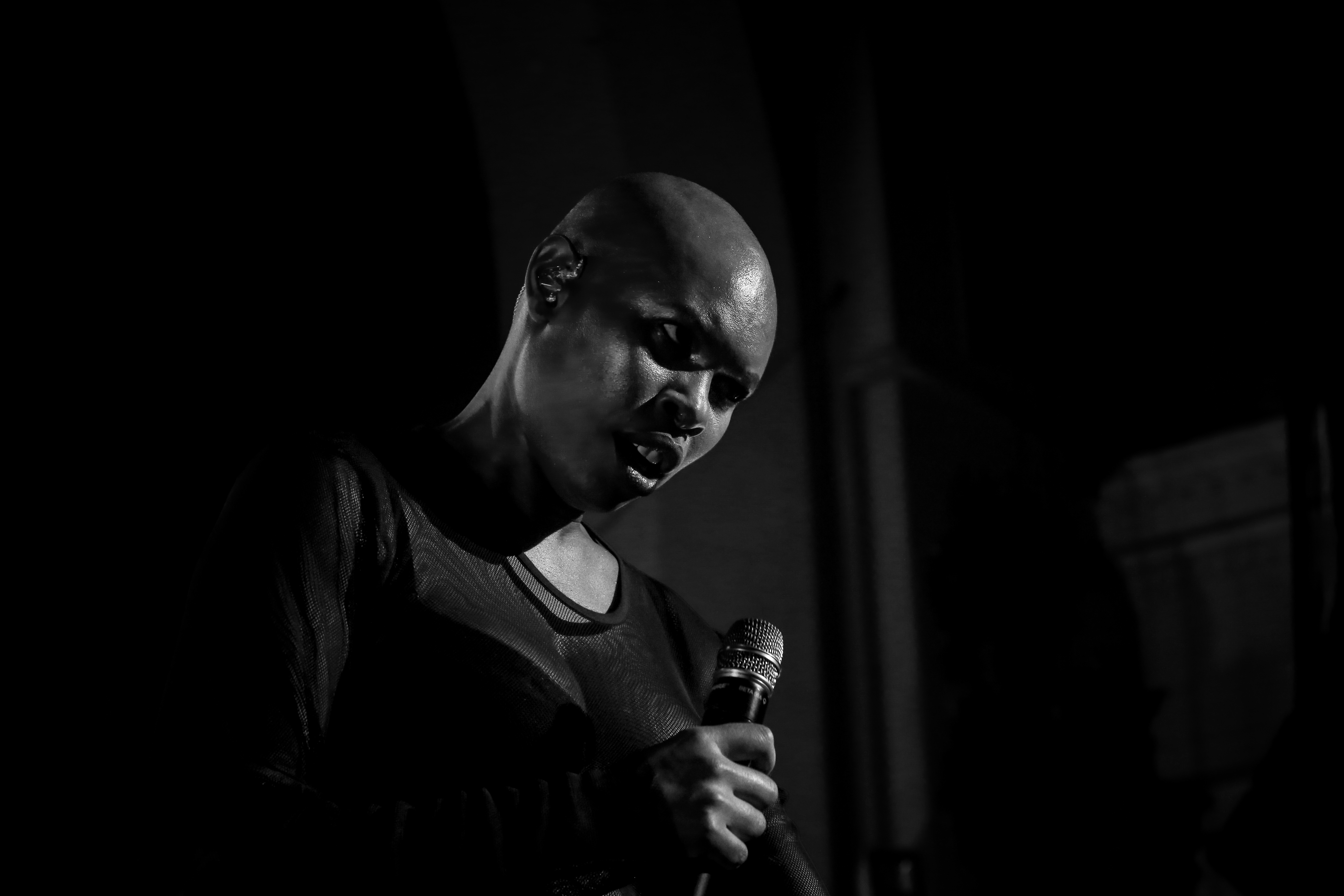
What are your tips for photographing live music in low light?
The main thing, and I always say this, is don’t fight the light. It’s all about drawing with light and that’s what the word ’photography’ actually means.
So it doesn’t matter how minimal the light is, or what colour the light is, because a lot of photographers have problems with blue lights and red lights at shows.
Don’t fight it – if it is a low-light show, then that is what that particular performer wanted, for the audience to experience a low-light show.
Something that I see very often is that artists that have their whole show in red or with red lights – that’s their thing, that’s what they have chosen, they decided to perform with red lights, they want everything to be red. So don’t then go and de-colorize it and make it something that you want.
The show is about the artist – tell the story as you’ve seen it, how the audience saw it. Don’t change colours. And even though cameras can handle low light better now, not so much back in the day, don’t try to make a show look lighter than it actually was.
One time, I shot Bob Dylan in the Royal Albert Hall in London – he was on stage with one little light and it was pitch black. I was trying to find him and my lens was constantly hunting for focus.
Finally I locked onto something so I thought I’d take the shot. But it wasn’t him, it was something next to him – I captured a shadow!
And that’s sometimes the way you have to work. In the end I got a couple of pictures, but [the darkness of the setting] was what he brought and that was the story he wanted to tell.
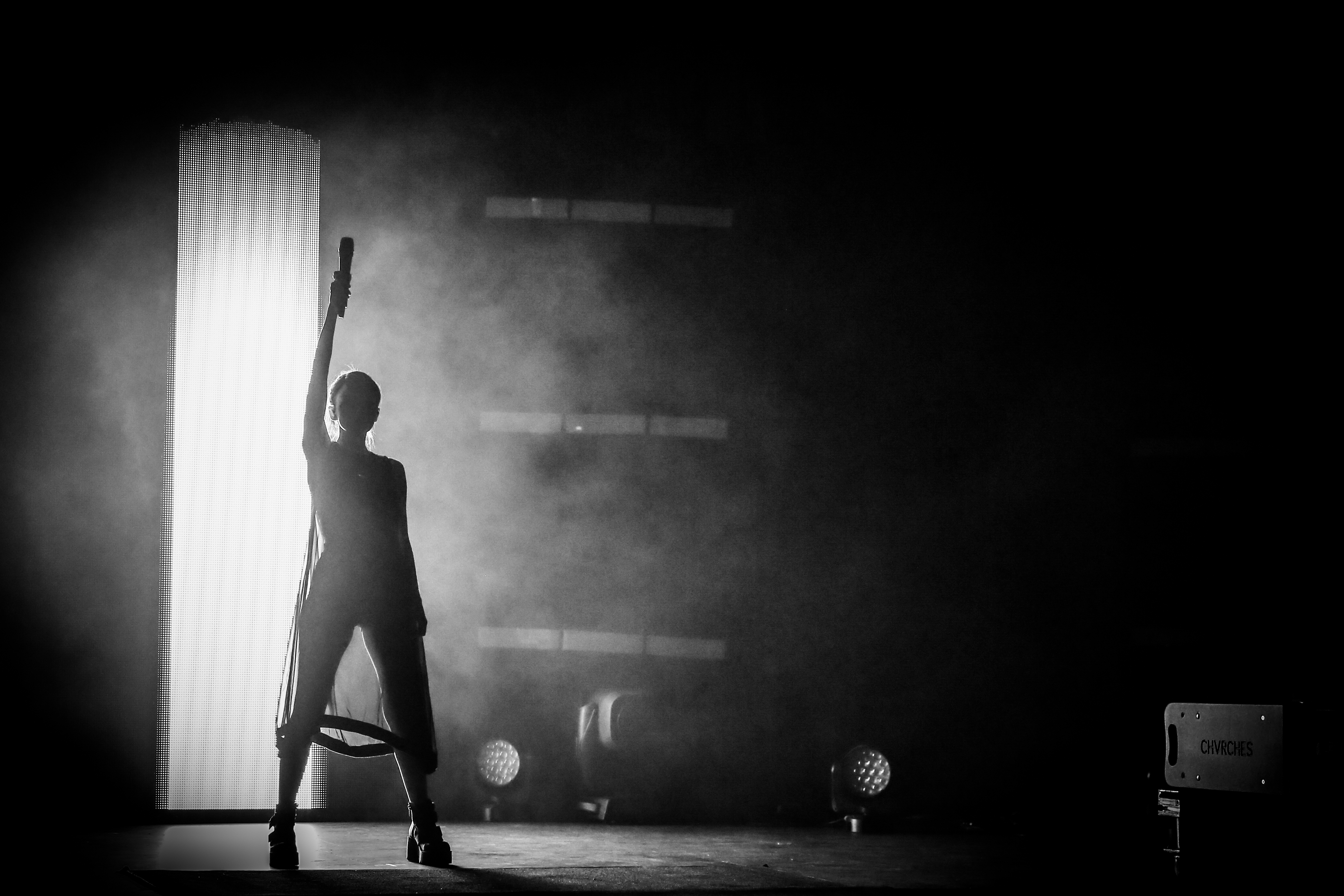
How do you learn to be able to anticipate the movements of a performer?
That’s also down to experience. When it’s very energetic, when it’s quiet, you get absorbed in that and when it’s energetic your adrenaline just takes over.
The funny thing is, I don’t think any more when I’m in the pit [at a concert], I just feel it. I firmly believe it’s experience, because I remember that in the beginning I used to say ‘I wish I had that’ or ‘Darn, I missed that’.
I don’t have that feeling any more. And sometimes I will feel the artist in the side of my eye and just know they are going to do something… and I will move there and it just happens. I can’t explain why that is – it’s experience, I guess.
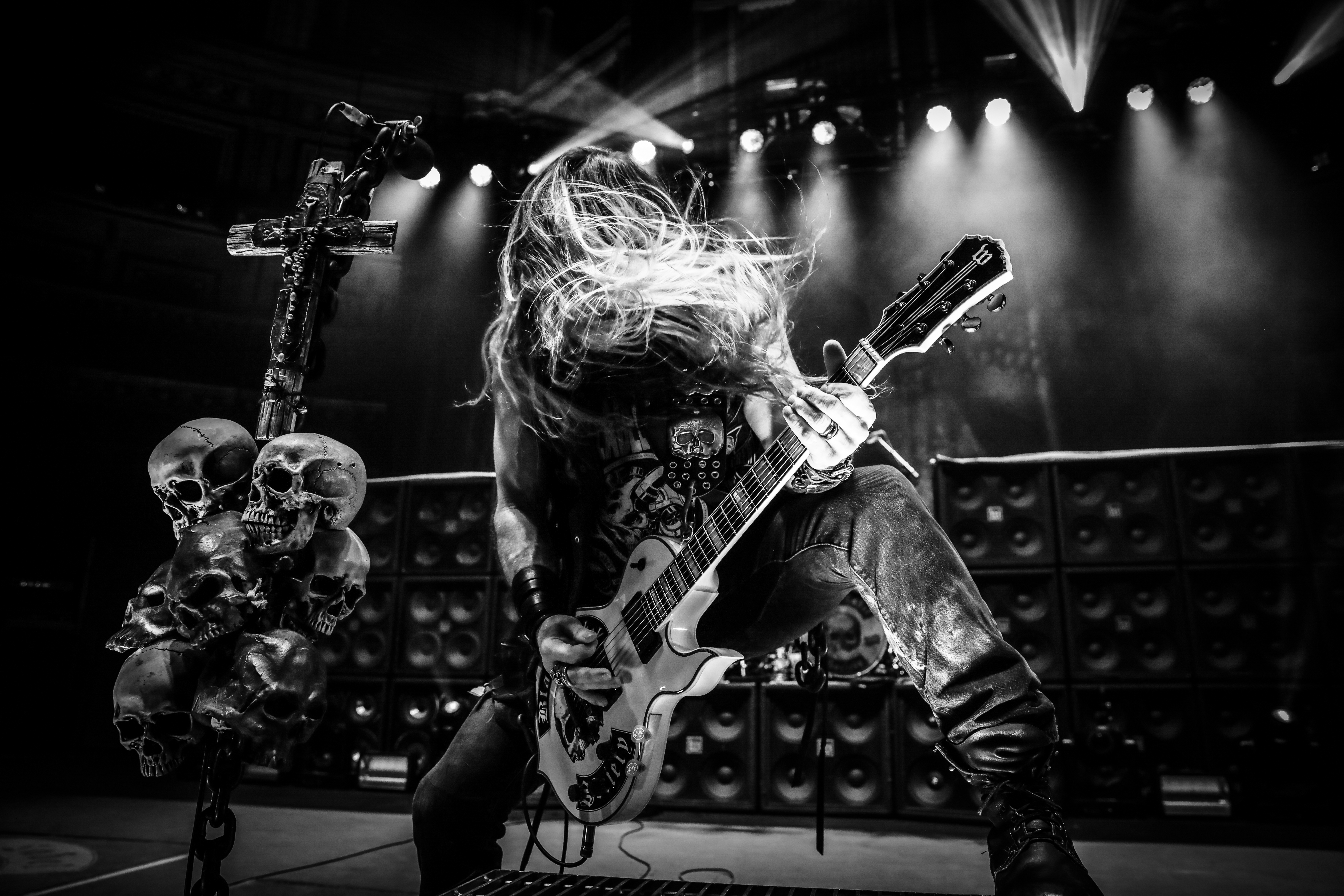
Does it ever help to see a performance before photographing it, to know what to expect from the artist?
No, I prefer to feel it – if I start thinking about what I’m doing then I will miss something. The management of one leading artist I have photographed says that I get pictures that they didn’t know were even there, and that’s because I feel the music rather than think about it.
That’s the problem: if you tell me that I have to watch out for something, I will focus on it too much and will miss other things, whereas if I don’t know what’s going to happen and it’s just thrown at me, I just go with it and it all flows and I capture the photos I need to get.
If someone gives me a list that says ‘Shoot that, that, that and that,’ then I will focus on the list and I’ll miss things.
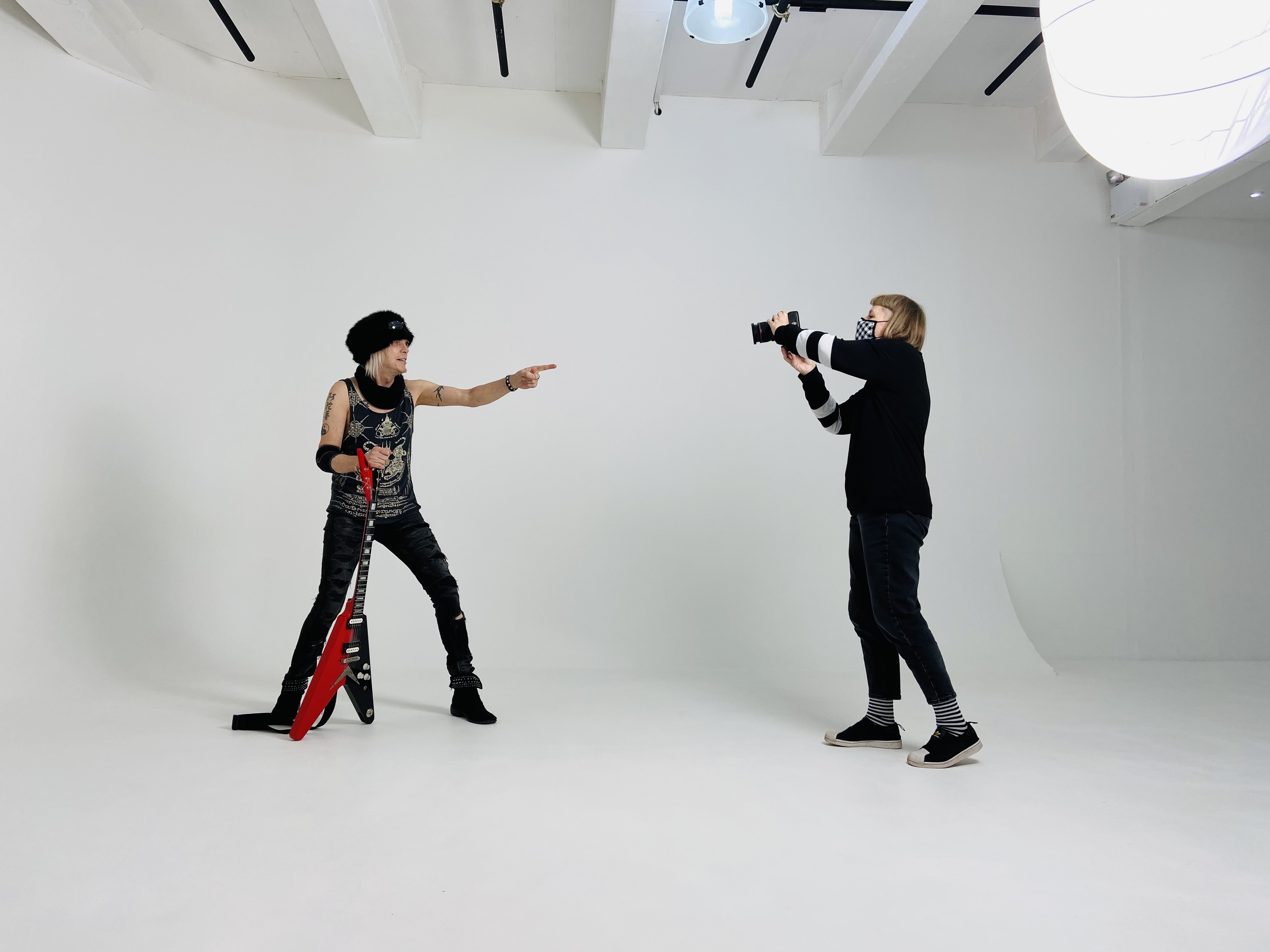
Are you always looking for different angles to the rest of the photographers?
I try to – the press photographers tend to pick the same angles but I like to go somewhere else, to try finding something that they might not have seen.
When I first started photographing live music, my manager used to wonder where I’d gone, as I wasn’t standing with the rest of the pack. It’s because I was looking to capture something different from everyone else – and it has worked for me.
Read more
World’s most picturesque music festivals
Tips for photographing live music
Make money with your camera
Get the Digital Camera World Newsletter
The best camera deals, reviews, product advice, and unmissable photography news, direct to your inbox!
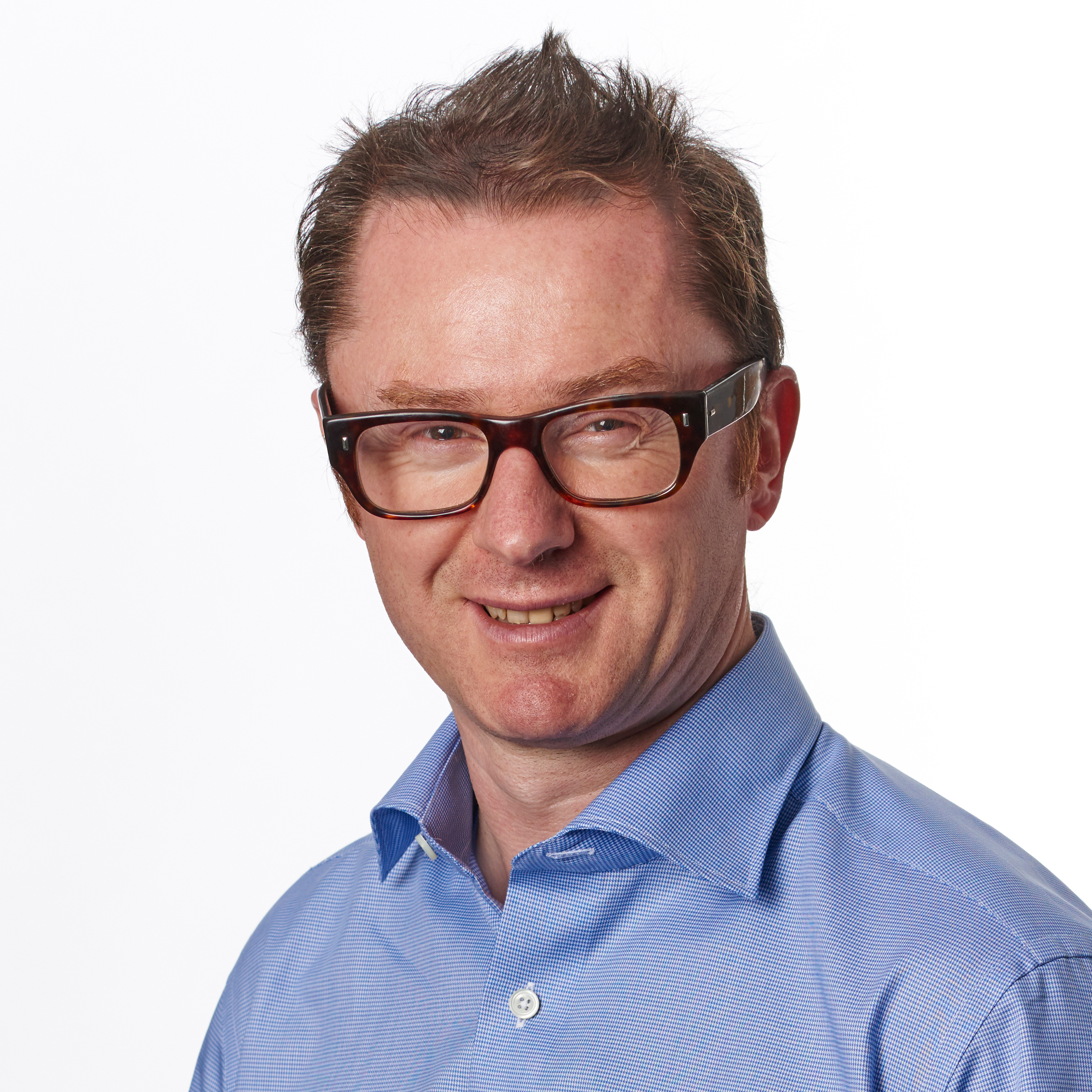
Niall is the editor of Digital Camera Magazine, and has been shooting on interchangeable lens cameras for over 20 years, and on various point-and-shoot models for years before that.
Working alongside professional photographers for many years as a jobbing journalist gave Niall the curiosity to also start working on the other side of the lens. These days his favored shooting subjects include wildlife, travel and street photography, and he also enjoys dabbling with studio still life.
On the site you will see him writing photographer profiles, asking questions for Q&As and interviews, reporting on the latest and most noteworthy photography competitions, and sharing his knowledge on website building.
